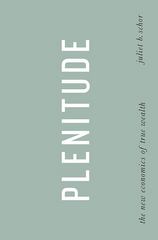Answered step by step
Verified Expert Solution
Question
1 Approved Answer
Show work n explain FRQ #1 (25 Points): Use the graph provided below to answer parts (a)-(e). E Marginal Cost 0} 8 3- Average Total
Show work n explain

Step by Step Solution
There are 3 Steps involved in it
Step: 1

Get Instant Access to Expert-Tailored Solutions
See step-by-step solutions with expert insights and AI powered tools for academic success
Step: 2

Step: 3

Ace Your Homework with AI
Get the answers you need in no time with our AI-driven, step-by-step assistance
Get Started


